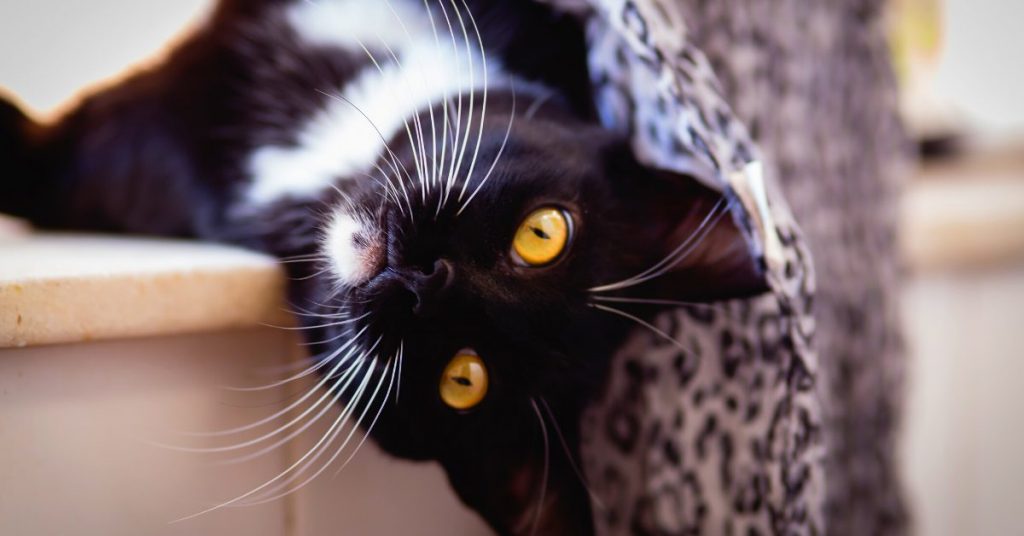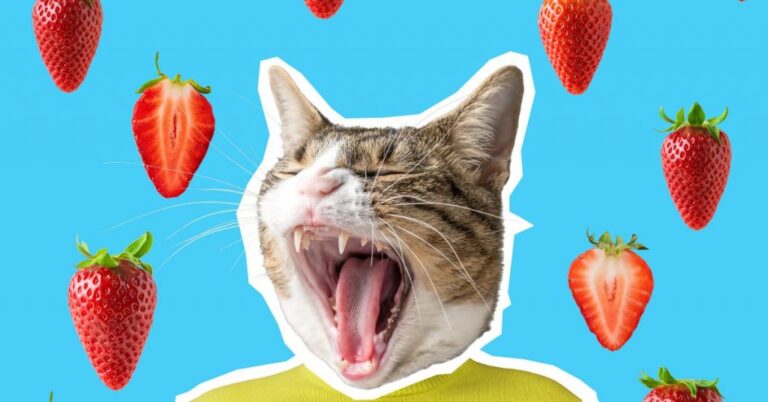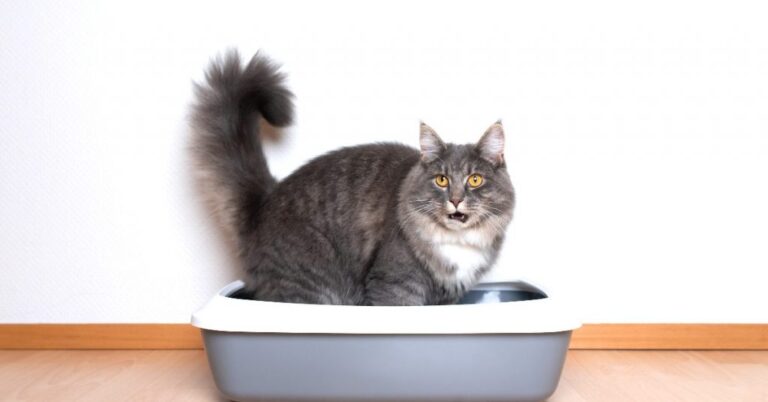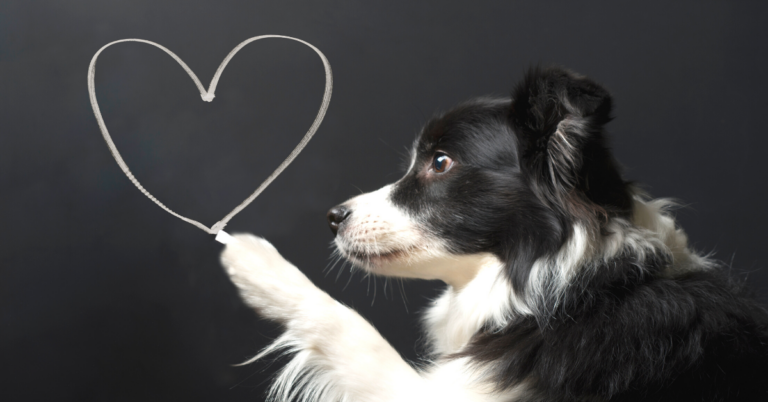Cat Urinary Blockage (Symptoms & Treatment)
Cat urinary blockage is a common condition among male cats.
It doesn’t happen often, but when it does, it’s painful and It’s considered a life threatening emergency.
Cats with urethral obstruction will try to urinate many times, but no urine will come out.
If your cat is suffering from a urinary blockage, you should call your nearest emergency clinic immediately.
This is because it can cause kidney failure and eventually death.
What is a Urinary Blockage?
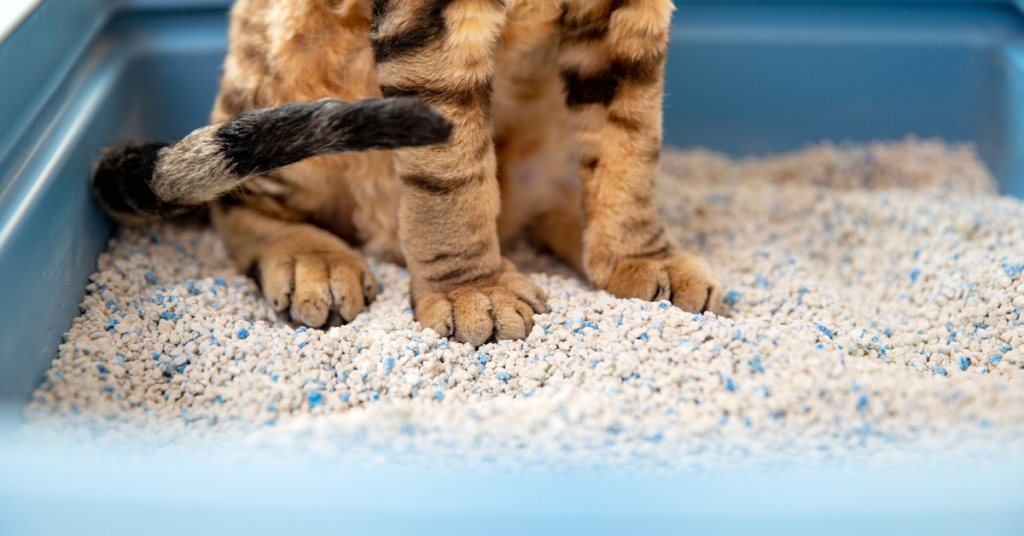
Urinary blockage is a painful and serious condition that affects male cats. It affects the urethra, which is the tube that drains urine from the bladder to the penis and exits the body.
What happens is that the urethra becomes blocked by inflammatory material, and the urine can’t exit the body.
Due to this blockage, the bladder becomes overfilled and eventually the kidney may start to swell and become damaged.
This may cause the bladder to rupture, if it goes on too long without treatment.
It’s more common in male cats than in female cats, especially neutered ones.
This is because they have narrow urethras, which makes them more prone to get a urinary blockage.
That’s why it’s important to visit the vet as early as possible, to get the proper treatment.
Causes of a Cat Urinary Blockage
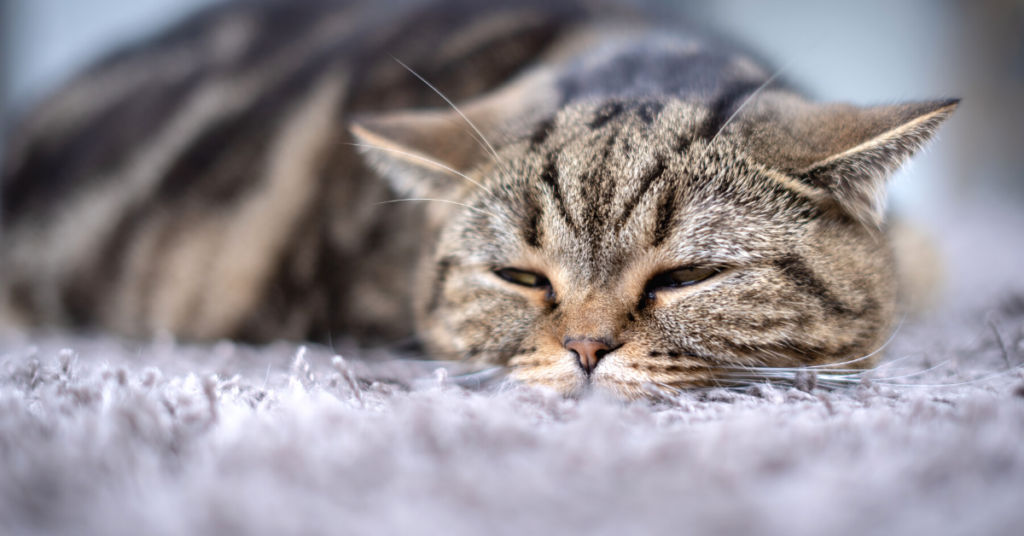
Urinary obstructions are caused by several causes. These causes include:
- The presence of urethral plugs in the urethra, which is a build up of proteins, cells, crystals formed from minerals in the urine, or mucus
- Urinary small stones, where they usually form in the bladder but can also block the urethra
- Urethral spasm, which are involuntary muscular contractions
- Swelling of the urethra. During inflammation of the bladder or urethra, whatever the cause, it will cause the wall of the urethra to swell and eventually become blocked
- Presence of Feline idiopathic Cystitis (FIC)
- Tumors
- Infections
- Trauma
- Eating foods high in magnesium
Symptoms of a Cat Urinary Blockage
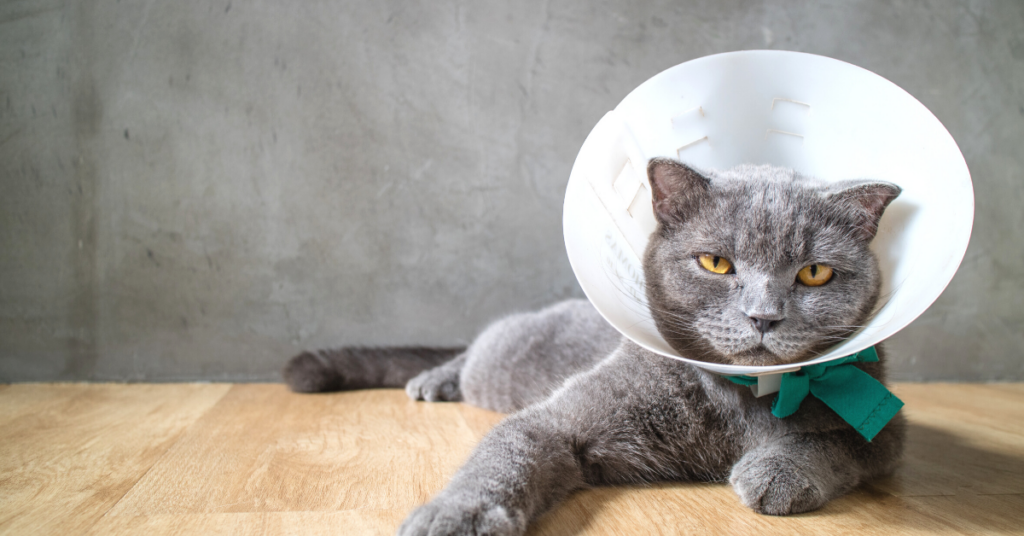
If a cat has a urinary blockage, he will try to urinate repeatedly without success. It will cause more pressure and pain, since the urine is flowing into the bladder and not out of the body.
The cat may also cry while straining to urinate. Additionally, the cat will suffer from discomfort, and become more agitated.
The toxic waste products that are supposed to exit the body in the urine, start to accumulate within the bloodstream.
This leads to symptoms like lethargy, slow heart rate, and vomiting. Your cat may also develop an electrolyte imbalance. This causes depression or change of behavior and tends to hide, or avoid human contact.
If this wasn’t treated as soon as possible, it will cause the bladder to eventually rupture.
Call your vet immediately if you think your cat is suffering from a urinary blockage.
Diagnosing a Cat Urinary Blockage

Diagnosing urinary blockage in cats includes a physical exam, blood and urine tests to know what’s the underlying cause, and if there are any significant complications.
Cats with a blocked urethra can develop kidney failure. That’s why blood and urine tests are important.
In addition, abdominal X-ray or ultrasound may be needed, to help identify the underlying cause of the obstruction, and to help in choosing the best treatment plan.
If the vet thinks your cat has a bladder infection, he can request a urine culture test.
How to Treat Urinary Blockages

Urinary blockage requires hospitalization immediately for urgent treatment. The treatment includes receiving intravenous fluids for several days if the kidneys have been affected.
After that, the cat will be sedated and a urinary catheter will be placed to open the blockage. The vet will decide to keep the catheter in place for a few days, or to remove it.
In severe cases, the vet would want to keep the catheter in place for 2-3 days, to make sure that the urine is produced while the cat is treated for the underlying disease.
When possible the catheter is removed, because if it stays for too long, it can cause inflammation and irritation to the urethra.
In addition, the vet may prescribe medications such as antibiotics and pain relievers. He will also recommend a special foods diet for urinary health.
If urinary obstruction occurred more than once, in some cases a surgical operation may be needed (perineal urethrostomy), to help open and widen the narrow end to the urethra.
This surgery can sometimes be related to complications such as the increased risk of bacterial urinary tract infections.
Preventing Urinary Blockages
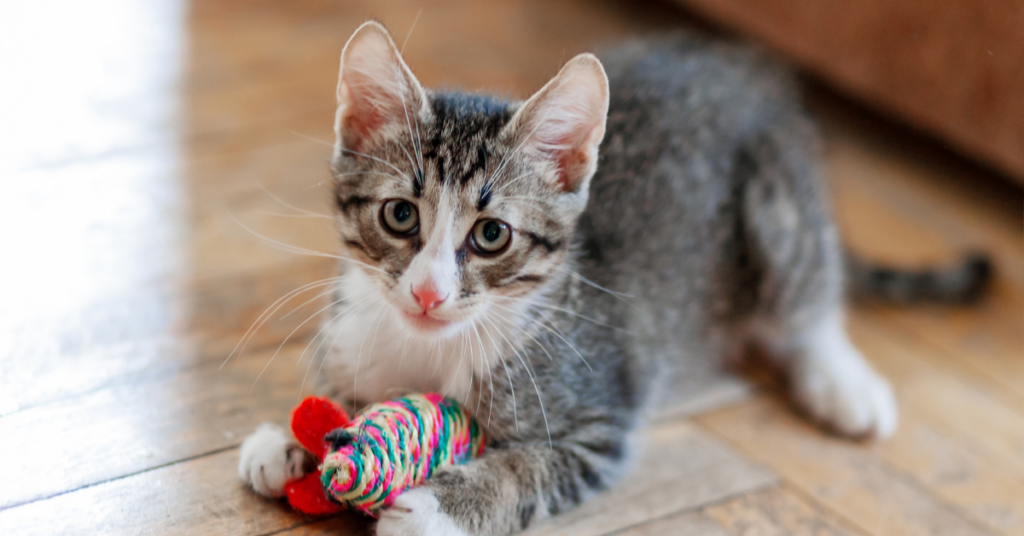
If your cat had a urinary blockage, it’s possible for it to occur again. When the vet diagnoses the underlying cause behind it, he will suggest ways to prevent it from happening again depending on the cause.
For example, if a cat has a history of developing urinary crystals, or stones made of struvite “magnesium ammonium phosphate”.
The vet would suggest feeding him food that contains low levels of magnesium and phosphorus, which promotes a urinary pH, and decreases the chance of forming crystals.
If you simply want to prevent your cat from having a urinary blockage, there are steps you can follow to achieve that.
Stress is a huge factor in feline lower urinary tract disease (FLUTD). Reducing stress can lower their chance of having a urethral blockage.
To reduce stress for your cat, try to keep your cat’s routine as predictable as possible, because cats do love routines.
Play with your cat, buy him new cat toys to exercise his mind, make food puzzles, and have a lot of cat scratchers around.
Make the cat’s litter box easy to access, clean, and friendly. Try to know which type of box your cat likes, and always have one more box than the number of cats in the house.
Additionally, keep your cat hydrated, so the urine stays dilute. You can place more than one clean water bowl around the house.
If you follow these steps, and take advice from your veterinarian, you will be able to prevent your cat from having a urinary blockage.
When to See a Veterinarian

If you notice any of the clinical signs of a urinary blockage such as urinating repeatedly but no urine is coming out, low energy, slow heart rate, or vomiting, you should call your vet immediately.
In conclusion, urinary blockage in cats is considered an emergency, and if left untreated, it can lead to a kidney failure, or rupture of the bladder.
The sooner you treat your cat, the better and quicker the recovery will be.

